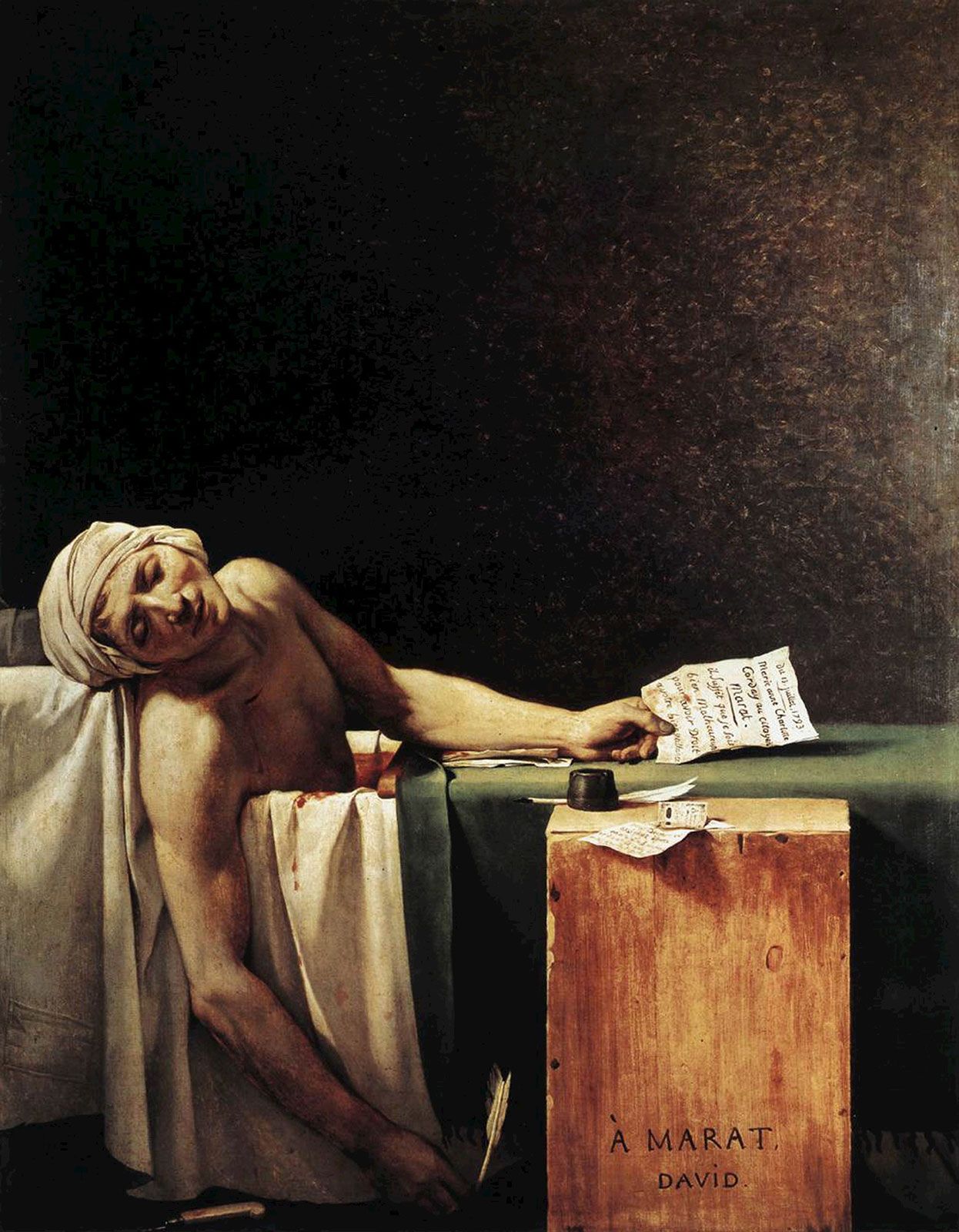Alright, so today I wanted to figure out why this old painting of a guy dead in a bathtub, the Marat one, kept popping up everywhere. It looked kinda weird to me at first, honestly. Seemed important, but I couldn’t tell you exactly why. So, I decided to dive in and actually try to understand it myself.
Step 1: Actually Looking at the Thing (Properly This Time)
First off, I realized I hadn’t really looked at it closely before. Just glanced. So I opened a bunch of tabs on my laptop, found different high-res versions, and just… stared. Spam clicked the zoom button like crazy. My coffee went cold doing this.
Noticed stuff I never saw:
- How crazy white his skin looked.
- That weirdly peaceful expression on his face – dude was murdered!
- The messy green towel thing.
- Darkness swallowing everything else.
- That super bright light shining down on him.
Started to feel kinda creepy, actually. Like, why did the artist make it so… beautiful and calm? Weird vibe.

Step 2: Going Down the Rabbit Hole (A.K.A. Googling Like Mad)
Okay, creepy bath guy was named Marat. Knew he was a big deal in the French Revolution, but that’s about it. Time for some heavy Googling.
What I dug up:
- Jacques-Louis David painted this. He was basically the revolution’s hype man artist.
- Charlotte Corday stabbed Marat while he was literally chilling in a medicinal bath for his skin.
- David wasn’t just painting a dude – he was painting propaganda. Oh. Lightbulb moment.
My search history looked insane: “Marat skin disease,” “David politics,” “1793 Paris bath tub styles”… Yeah.
Step 3: Trying to Connect the Dots (And Mostly Failing At First)
So David made this right after Marat got murdered. Why make it so… saintly? That drove me nuts. Started pulling up images of other famous paintings – like, how people painted dead saints or Jesus. Boom. David made Marat look like a martyr. The limp arm, the peaceful face, the light… it screamed “look at this holy victim of the counter-revolution!” It hit me: this wasn’t just art; it was a weapon. A super powerful political tool.
Step 4: Realizing How Messy it All Was
Here’s the kicker though. Marat wasn’t some peaceful saint, right? He was actually kind of a violent extremist who signed off on chopping loads of heads. Talk about twisting the truth! But that’s exactly why this painting matters. David took a messy, brutal guy and turned him into this pure, suffering hero. It showed me just how much power images have to shape what people think and feel, to rewrite history on a canvas. Scary powerful.
Step 5: Seeing It Everywhere Now (Duh)
This part blew my mind a little. Once I ‘got’ it, I started seeing echoes of this painting everywhere. Modern news photos, movies, other artworks – that pose, that light, that feeling of looking at a tragic figure. It’s like David created this super sticky visual formula for showing innocent death and suffering that we’re still using. Totally wild.
Anyway, after all that poking around, staring at pixels, and feeling vaguely disturbed, here’s what I finally figured out – the real reasons this bathtub painting is a big deal:1. It’s Pure Propaganda Gold: David didn’t paint a crime scene; he painted a political saint. Genius (and scary) messaging.
2. The Feelings Hit Hard: That peaceful face in a brutal situation? Messes with your head. Makes you feel sympathy deep down.
3. It Exposes the Spin: Shows how easily art (or any media, really) can rewrite the truth to fit a story.
4. Birthed a Mega-Visual: That composition is iconic. We’re still copying it 200+ years later for anything tragic.
5. It’s Honest About Hype: Captures that intense revolutionary moment – the cult of personality, the drama, the whole messy business.
Never thought staring at a painting of a dead guy in a tub would teach me so much about hype, politics, and how pictures mess with our brains. Turns out it’s a big deal not despite being creepy, but kind of because it is. It forces you to feel it. Fancy term I learned? That’s “affective impact.” But screw the term, the feeling is what sticks with you.



